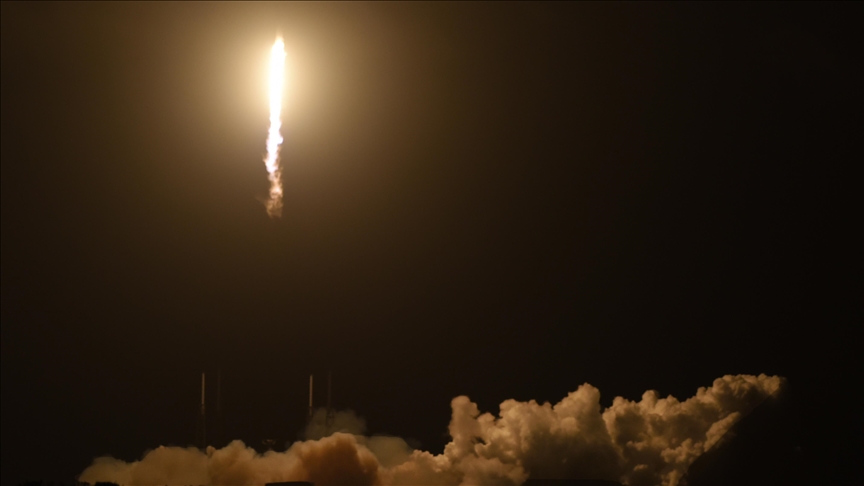
Scientists discover tiniest ‘starquakes’ ever recorded on orange dwarf star
Institute of Astrophysics and Space Sciences’ new technique unlocks secrets of stellar interiors, paving way for exoplanet discoveries
By Gizem Nisa Cebi
ISTANBUL (AA) – The Institute of Astrophysics and Space Sciences (IA) announced on Tuesday that its international science team conducted a study on Epsilon Indi, an orange dwarf star, and detected the tiniest recorded "starquakes."
“At a distance of 11.9 light years, Epsilon Indi is an orange dwarf star with 71% of the Sun’s diameter,” the institute said on its official website.
Researcher Tiago Campante studied this star using the ESPRESSO spectrograph at the European Southern Observatory's Very Large Telescope and detected the tiniest "starquakes" ever recorded, according to the institute.
The team used "dubbed asteroseismology" to measure oscillations in Epsilon Indi, the "smallest and coolest dwarf star with confirmed solar-like oscillations," which provided indirect insights into "stellar interiors."
These measures are “so precise’’ that the reported pace is slower than the typical sloth, the institute said.
The institute’s study has achieved “extreme precision” in asteroseismology, detecting “cool dwarfs with surface temperatures as low as 4,200 degrees Celsius (7,592 Fahrenheit), opening up a new domain in observational astrophysics,” said Campante.
Scientists may use this precision to resolve a “long-standing disagreement between theory and observations,” about the mass and diameter of cool-dwarf stars.
The study reveals that the “starquakes” collected can aid in planning the European Space Agency’s PLATO space telescope, which will use these oscillation amplitudes to predict its seismic yield in 2026.
The institute noted that orange dwarf stars, which have “long lifespans,” are being studied for “habitable worlds and extraterrestrial life.”
Asteroseismology can be used to characterize these stars and their planets, with implications for “interpreting biosignatures,” in exoplanets.
Kaynak:![]()
This news has been read 640 times in total



Türkçe karakter kullanılmayan ve büyük harflerle yazılmış yorumlar onaylanmamaktadır.